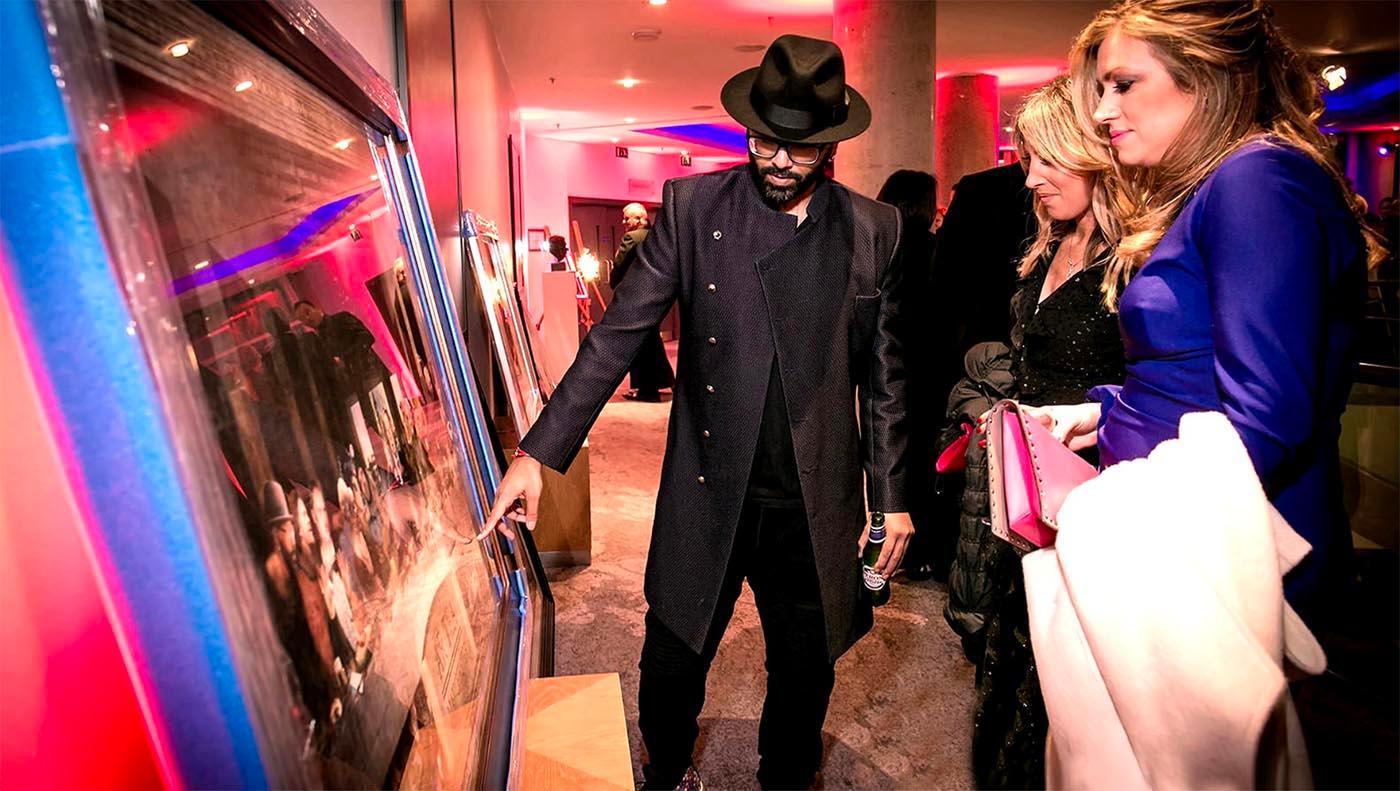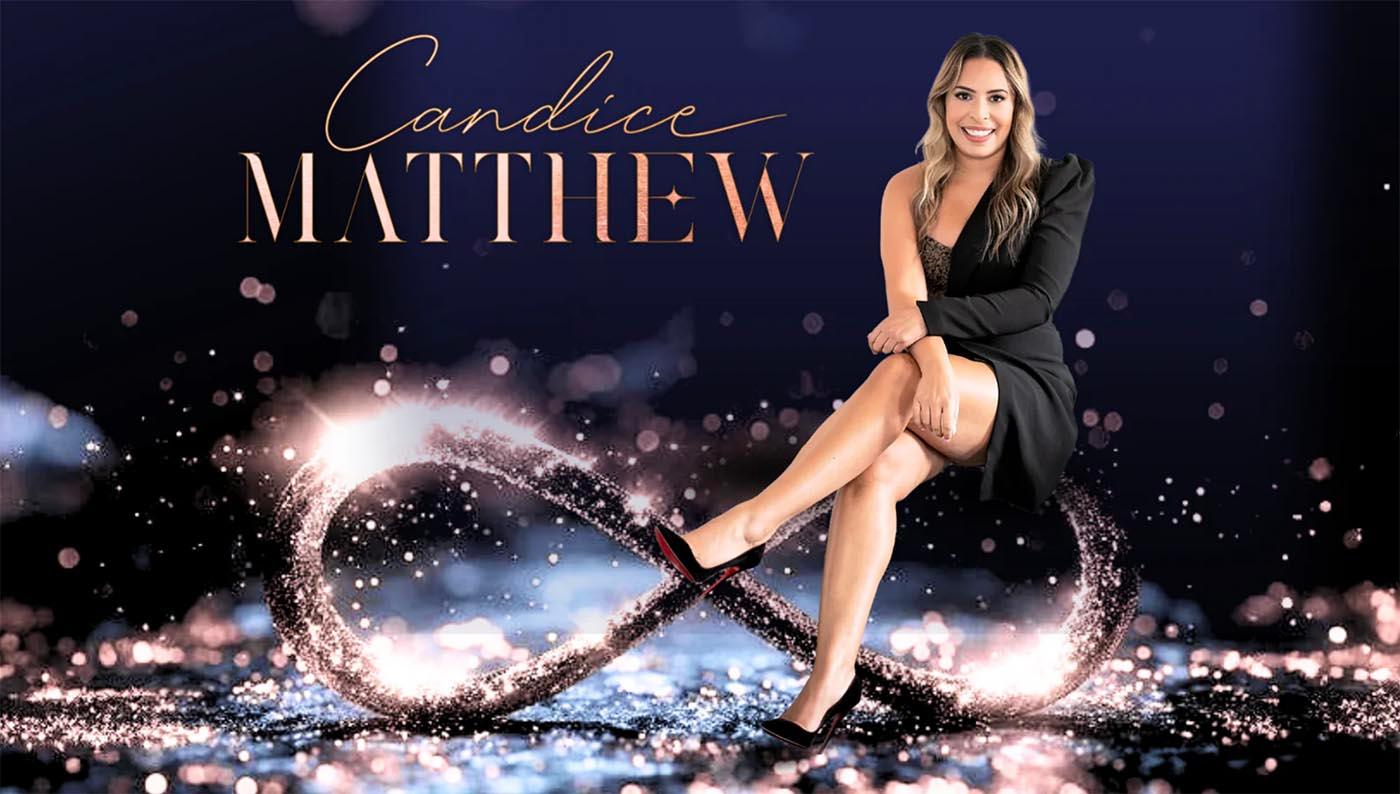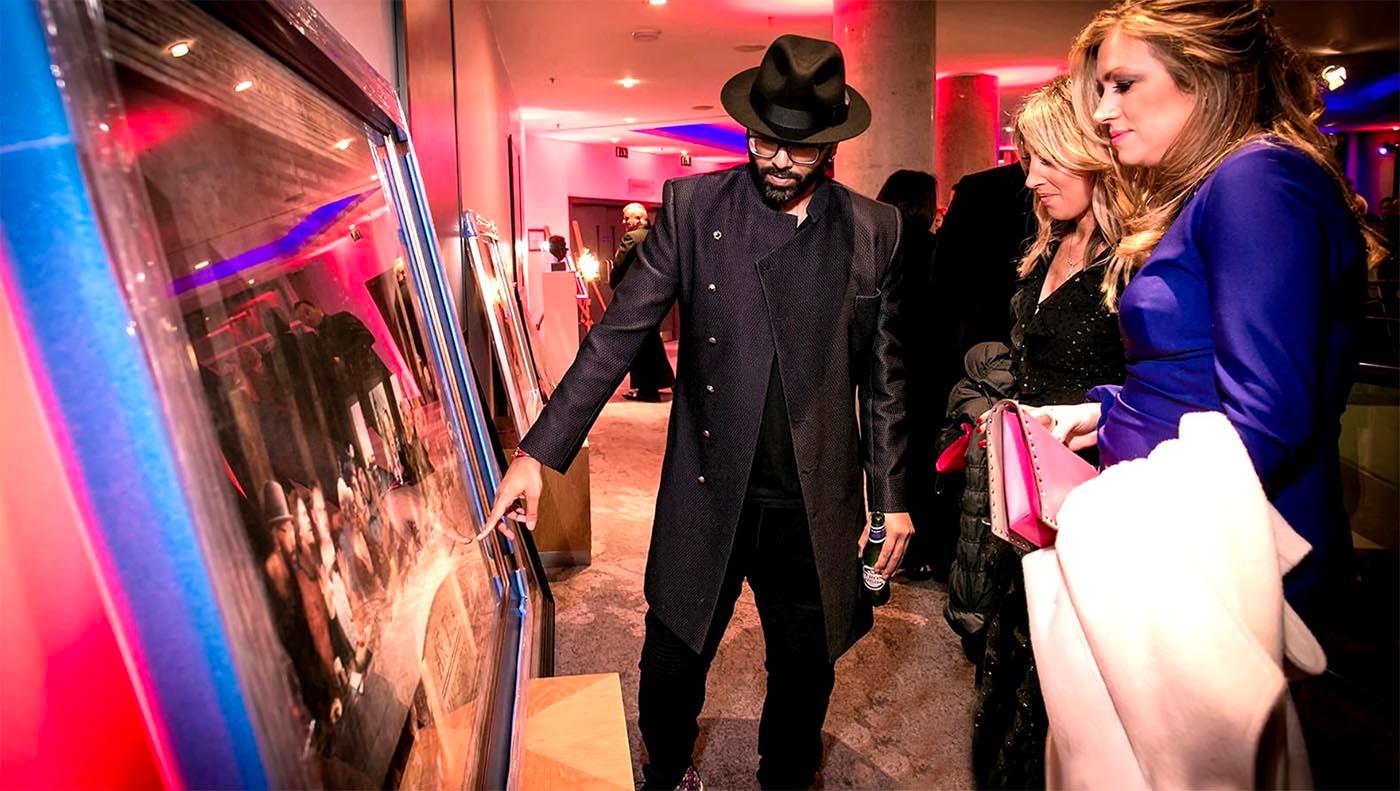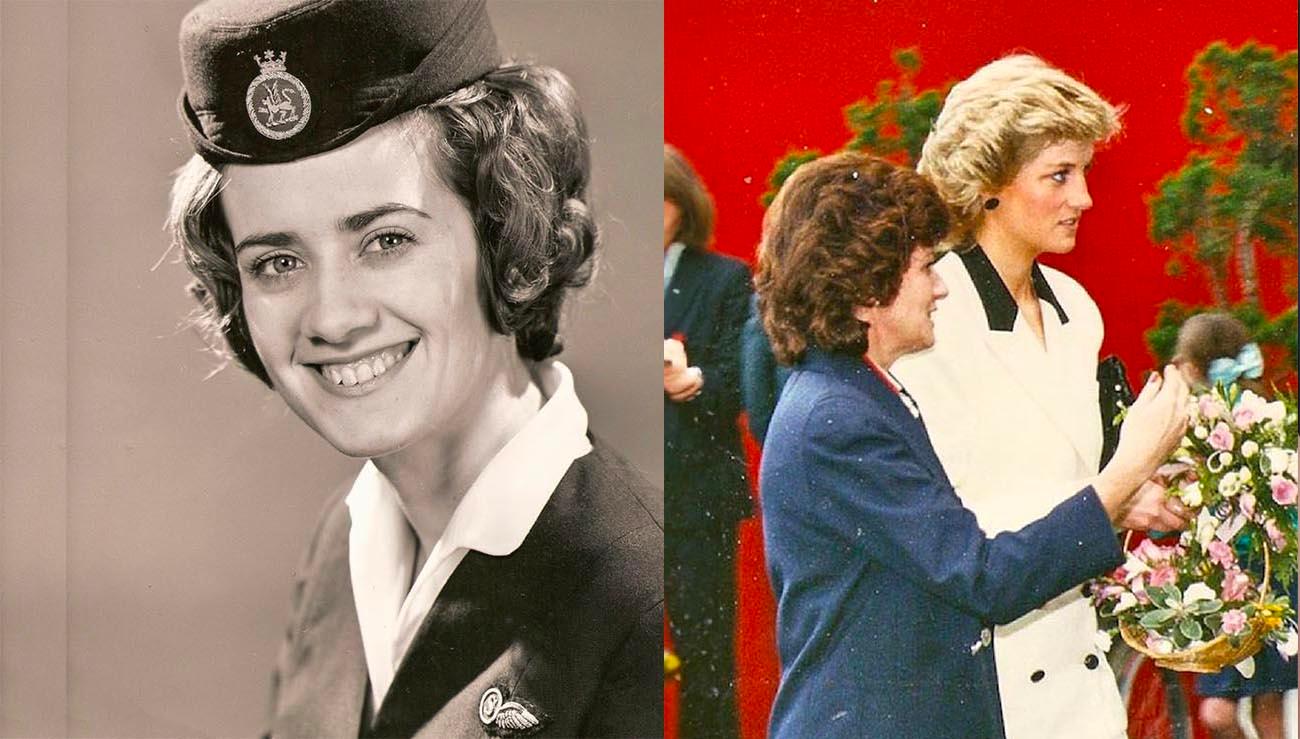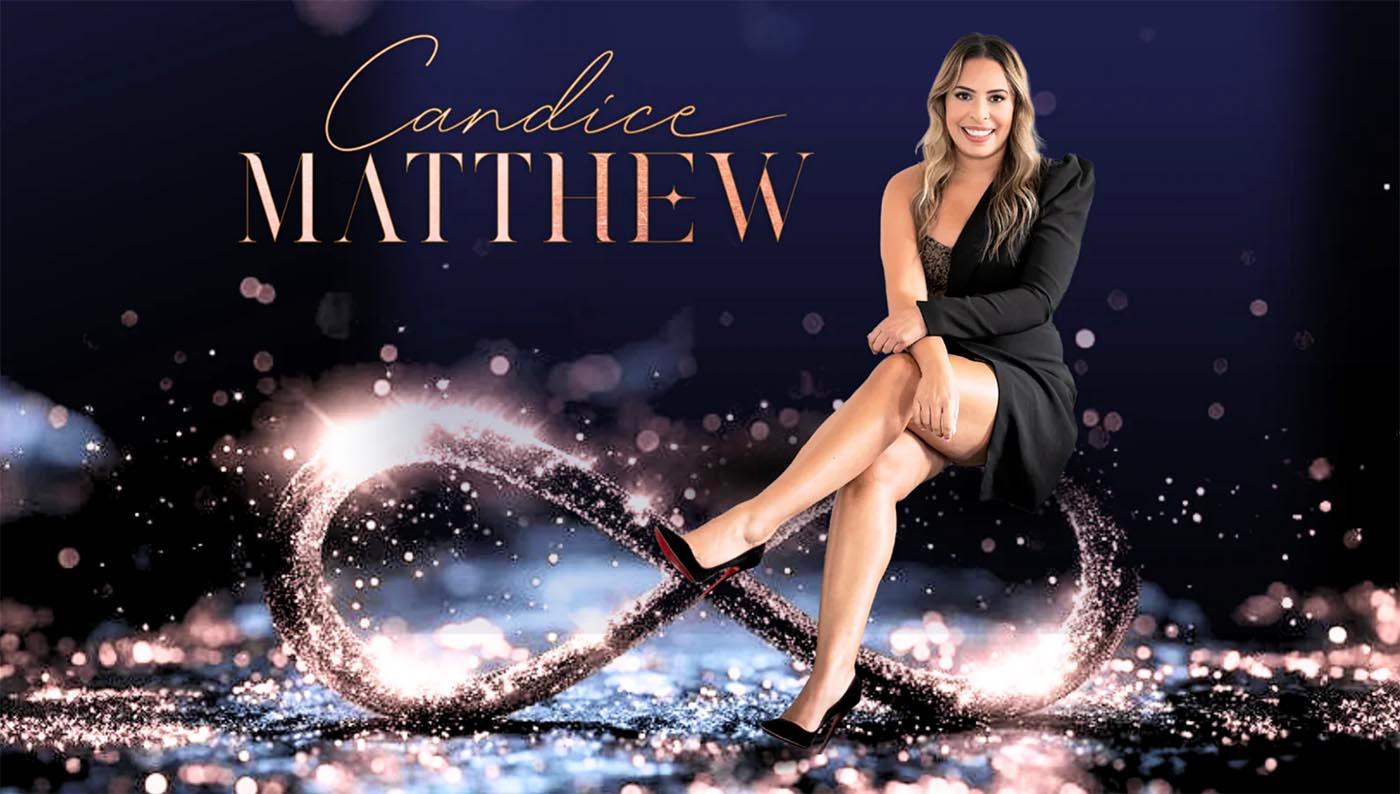The Seven Basic Plots
By Catherine Evans
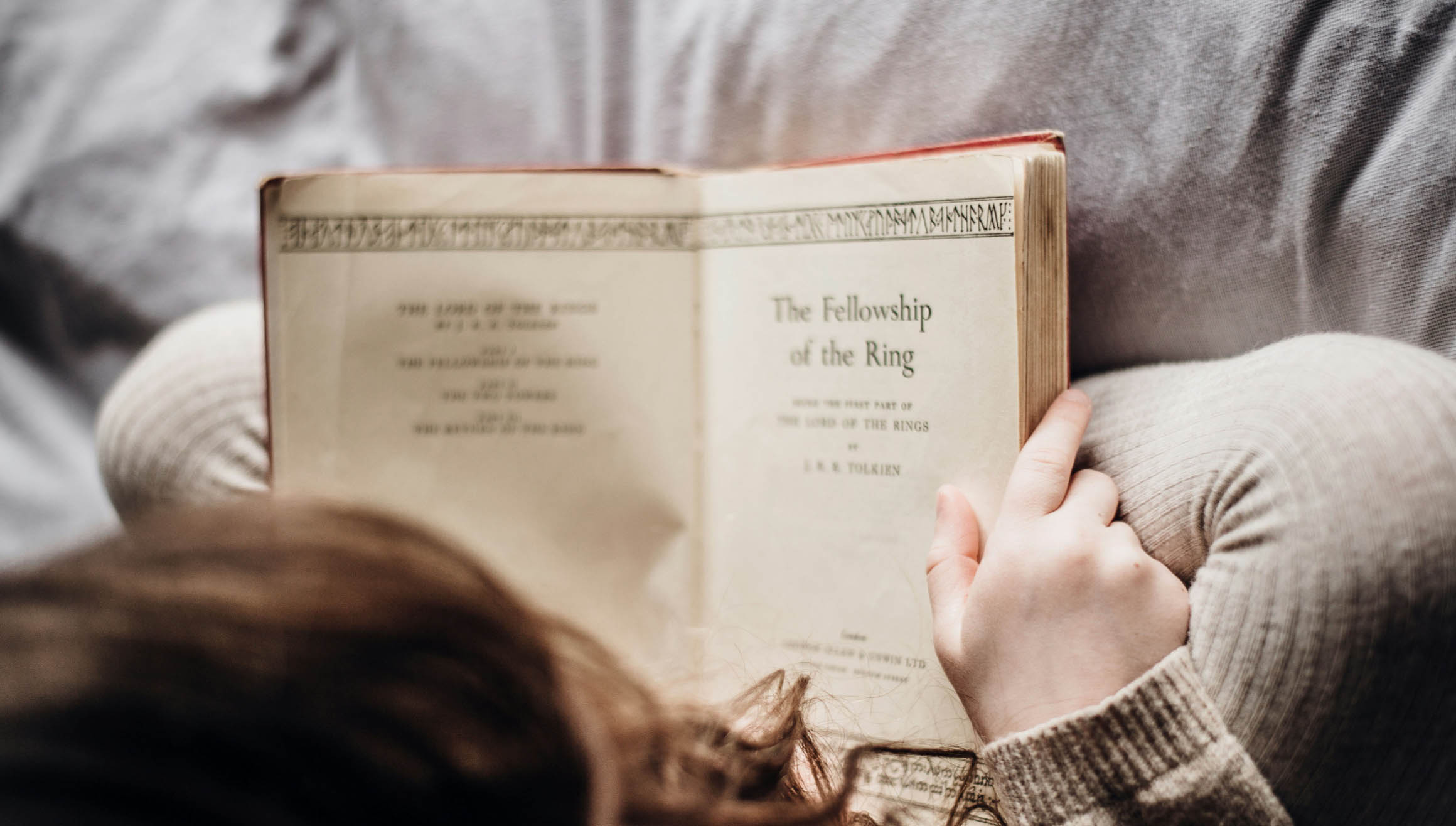
According to Christopher Booker, who wrote a detailed book on the subject, there are only seven basic archetypal plots, and all stories, irrespective of their genre, time or culture, fall into one or more of these seven categories. These are:
1. Overcoming the Monster: the classic struggle between good and evil. When JK Rowling wrote her Harry Potter stories, I doubt that she thought much about which archetypal box she was ticking, but Harry’s struggles against You-Know-Who are a perfect example.
2. Rags to Riches: Dick Whittington, Cinderella and Pip in Dickens’ Great Expectations. A nice twist to this plot archetype is its reverse, Riches to Rags: Good instances are Thackeray’s Vanity Fair and Daphne du Maurier’s Mary Anne, the story of the downfall of the mistress of the Duke of York, set in the early nineteenth century. The book is a fictionalised account of her own great-great-grandmother, Mary Anne Clark. Please excuse the plot spoiler.

4. Voyage and Return: This plot involves the protagonist traveling to a strange, unfamiliar world, facing various trials and adventures, and then returning home profoundly changed by the experience. Lyra’s adventures in Philip Pullman’s magnificent trilogy His Dark Materials are a compelling example. Alice’s bizarre journey through Wonderland and Dorothy in The Wizard of Oz also belong to Voyage and Return. This plot explores themes of self-discovery, growth and the contrast between the familiar and the unknown. Paulo Coelho’s unbelievably successful The Alchemist is a voyage of self-discovery, where the protagonist travels the world to find himself. I found it incredibly annoying that his lady-love, Fatima, patiently waited for him at home. Why wasn’t she out there finding herself?
5. Comedy: Misunderstandings, mistaken identities, slapstick, romantic imbroglios, the comedic narrative typically moves from confusion and disorder to clarity and happiness, often leading up to a feelgood happy ending, like a wedding or the birth of a child. Shakespeare was fond of a wedding, but even this can be comedically subverted, as in the case of Charlie and Carrie in Four Weddings and a Funeral, where their on-off/will-they/won’t-they (of course we knew they would!) culminates in a non-wedding. Human relationships are complicated and tricky, but ultimately, they are comedy gold.
6. Tragedy: Shakespeare was also partial to a good Tragedy. Here, the protagonist’s flaws or unfortunate choices lead to a chain of events that ultimately result in their downfall. There is an inevitability about tragedy, a fatalism which inspires dread. Macbeth’s vaulting ambition leads to his ruin. Othello’s jealousy leads him to murder the innocent Desdemona, his beloved wife. A good tragedy can only end in catastrophe, highlighting the darker aspects of human nature and the inexorable consequences of human behaviour, the expression of all-too-human flaws.
7. Rebirth: Here, the protagonist undergoes a transformation, often through a period of suffering, trial or crisis, leading to a renewal and redemption. This plot showcases the possibility of personal change and triumph over adversity. Ebenezer Scrooge’s conversion from miserable bean-counting miser to an all-round generous good bloke in A Christmas Carol is a world-famous example, a crowd-pleaser which is trotted out in its many versions every Christmas without fail.

James Joyce’s stream-of-consciousness and multi-layered narrative, not to mention the ditching of punctuation in Finnegans Wake can’t be neatly labelled. Neither can Samuel Beckett’s play Waiting for Godot. The two main characters spend their lives waiting, and by the end, nothing has changed. I saw this play enacted with a stellar cast, and I was bored out of my gourd. I wished I was at The Book of Mormon instead. (Sorry, Sam. You can’t please all of the people all of the time.)
Ever since we dwelled in caves we have always loved stories, and this is never going to change. Discussing and analysing stories is almost as much fun as telling them or receiving them, however they are consumed. Is it useful to classify stories in this way? Not really, but it is definitely fun to talk about it.

